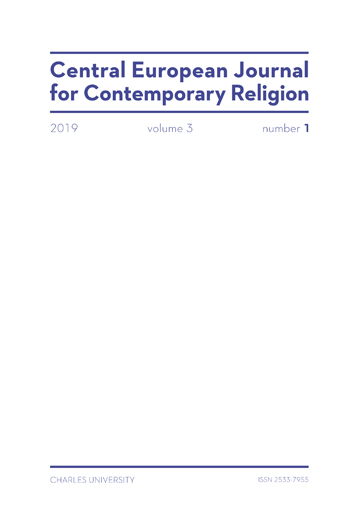Religiosity in Slovakia: Structure, Dynamics and Spatial Diversification
Religiosity in Slovakia: Structure, Dynamics and Spatial Diversification
Author(s): Tatiana Zachar Podolinská, Miroslav Tížik, Juraj MajoSubject(s): Sociology of Religion
Published by: Univerzita Karlova v Praze, Nakladatelství Karolinum
Keywords: religiosity; Slovakia; diversity; denominations; secularization; church-state relation
Summary/Abstract: Religiosity represents a key temporal and spatial-based social phenomenon with great internal variability. In this paper, we focus on a selection of the most important indicators of this factor in Slovakian society. With the aid of temporal statistical data with some structural differences (such as age) in current society, we attempt to concentrate on the dynamics and great spatial diversification of denominational division in Slovakia. The Church and state relationship is another politically important factor which influences this social phenomenon. The variability of relationships within the social and political context and its transformations was a significant determinant influencing the religiosity and development of religious life. Moreover, even in today's mostly secularizing society, this relationship maintains its importance for the society. In the analysis of societal religiosity, we have to focus on the internal aspects of faith, measured by representative surveys that portray varieties of internal aspects of faith and their divergence from the censual measurement of denominational affiliation.
Journal: Central European Journal for Contemporary Religion
- Issue Year: 3/2019
- Issue No: 1
- Page Range: 1-33
- Page Count: 33
- Language: English

